
Nikon showcased their newest flagship DSLR’s here at CES 2016. D5 and D500 was announced a day before opening of CES 2016. Nikon is known for their sensors that produce unbelievable images while using extremely high ISO and low light environments. But, they pushed its ability even farther with D5 and D500. Let’s take a look!




D500 stands right on top of current D7200. Many wildlife photographers criticized Nikon DX cameras for not offering high enough frames per second, or FPS. Nikon took this advice, and D500 achieved 10 FPS on high continuous mode which is same as the Canon 7D Mark 2. When the frame rates are high, you may worry about your buffer size. No worries, Nikon implemented a new technology called the EXPEED 5 image processor dedicated to only process images allowing 10 frames per second for up to 79 RAW images. Just amazing.
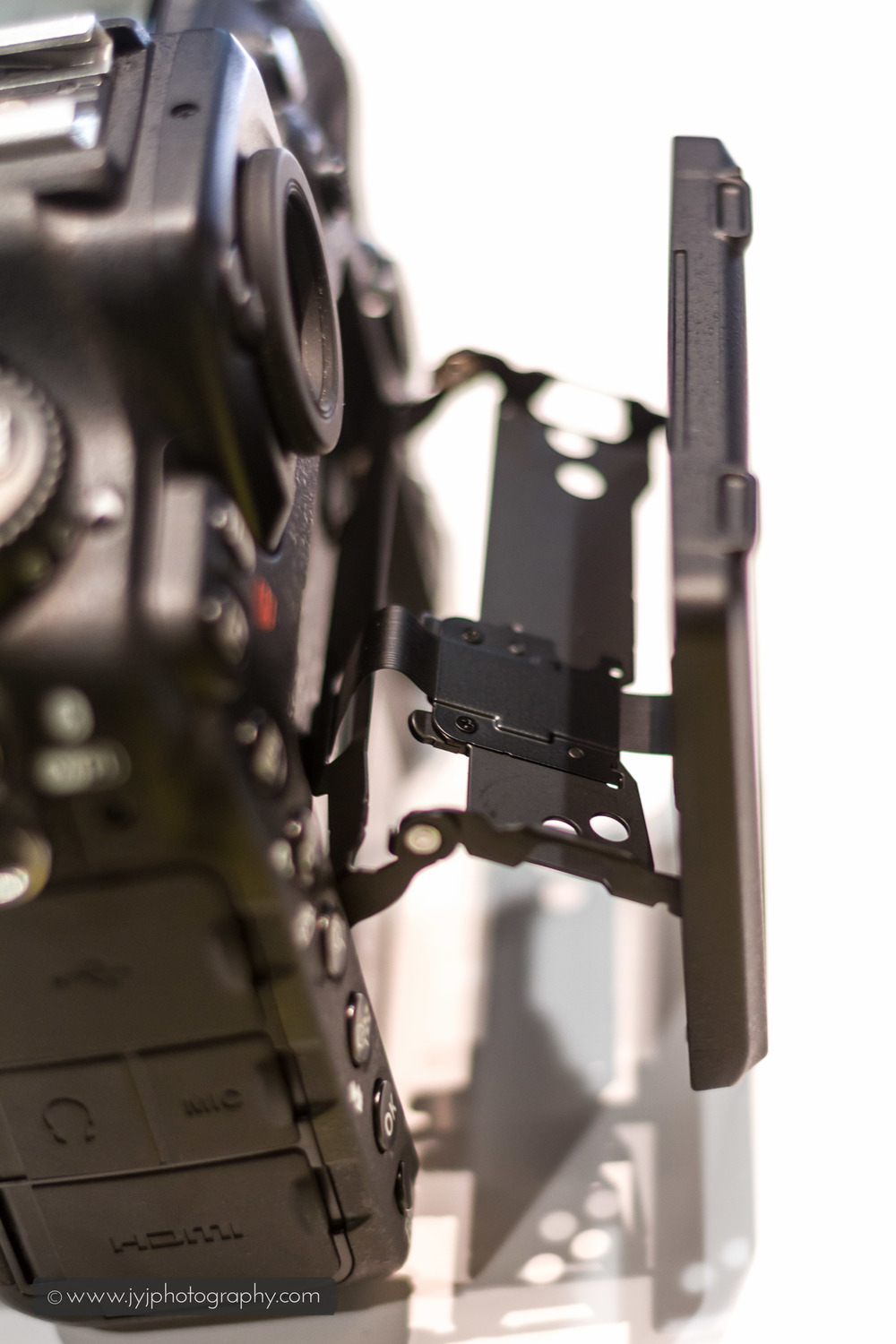



ISO performance is jaw dropping. D500 offers range of ISO from 100 to 51,200, but is expandable to 50 to 1.64 million. Yes, I said a million ISO. It doesn’t stop here. D500 has Multi-CAM 20K autofocusing system that provides 153 auto focusing points, and 99 of them are cross type. D500 has the same weather sealing as the Nikon D810. It is bit taller than D810, but its ergonomics are more balanced and made much more firm and tighter grip to the camera. 30 FPS 4K UHD video recording and 3.2 inch high-res reinforced touchscreen LCD display is a plus. I mean, it’s Nikon’s flagship DX DSLR, it better have it.
Nikon D500 uses the same technologies as the Nikon D5’s. The main difference between D5 and D500 are as follows:
- Sensor Size: D500 – DX (Cropped sensor) VS. D5 – FX (Full frame)
- ISO Range (When Expanded): D500 – 50-1,640,000 VS. D5 – 50-3,280,000
- Frames Per Second: D500 – 10 FPS VS. D5 – 12 FPS (14 FPS with AF/AE locked)
- Memory Card Slots: D500 – 1 XQD and 1 SD Card VS. D5 – Dual XQD or CF Card
Nikon D500 is available at Nikon store today with $1,999 price tag, and will be shipped starting this year March.

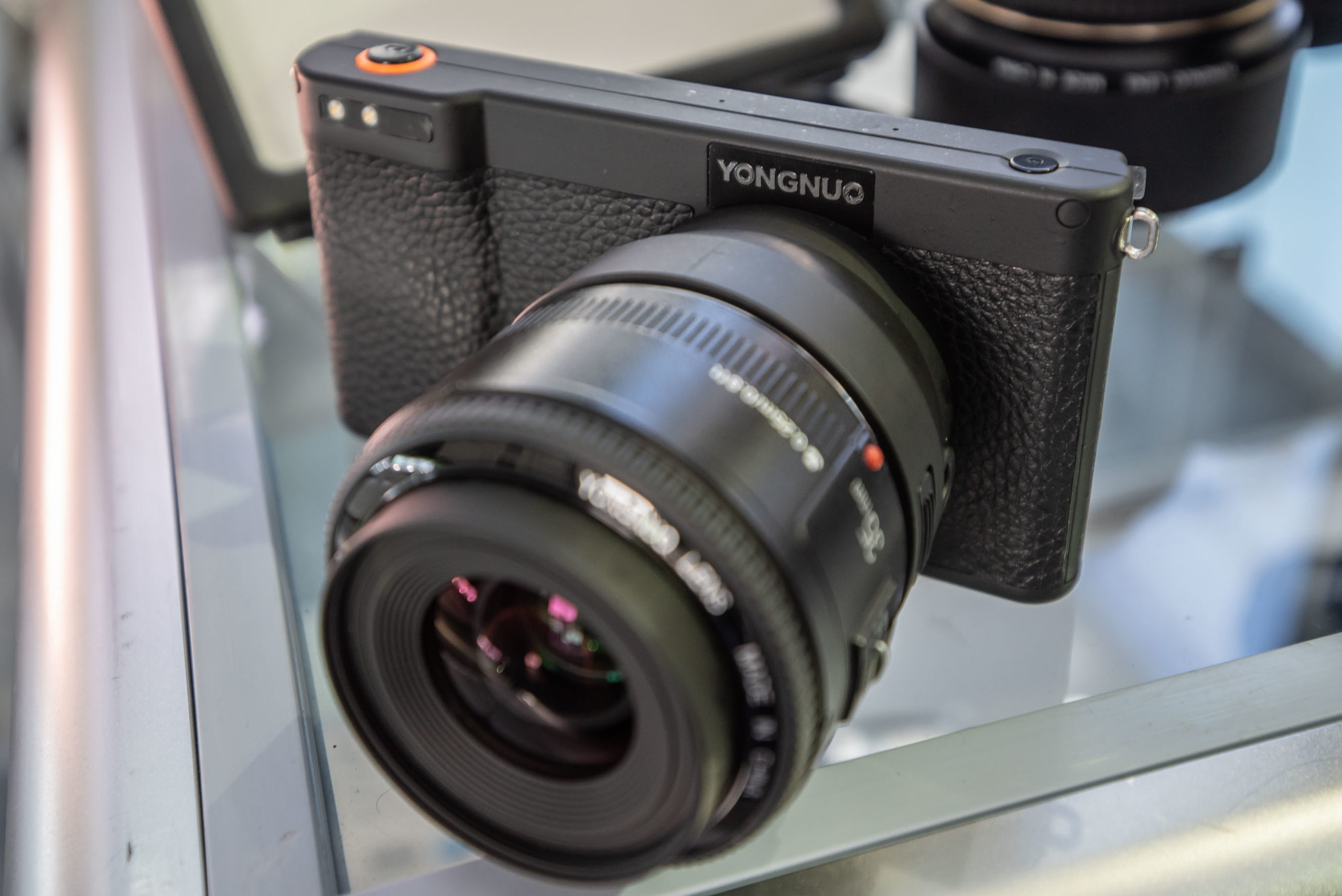
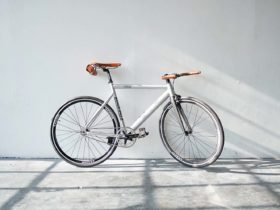
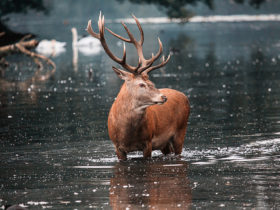


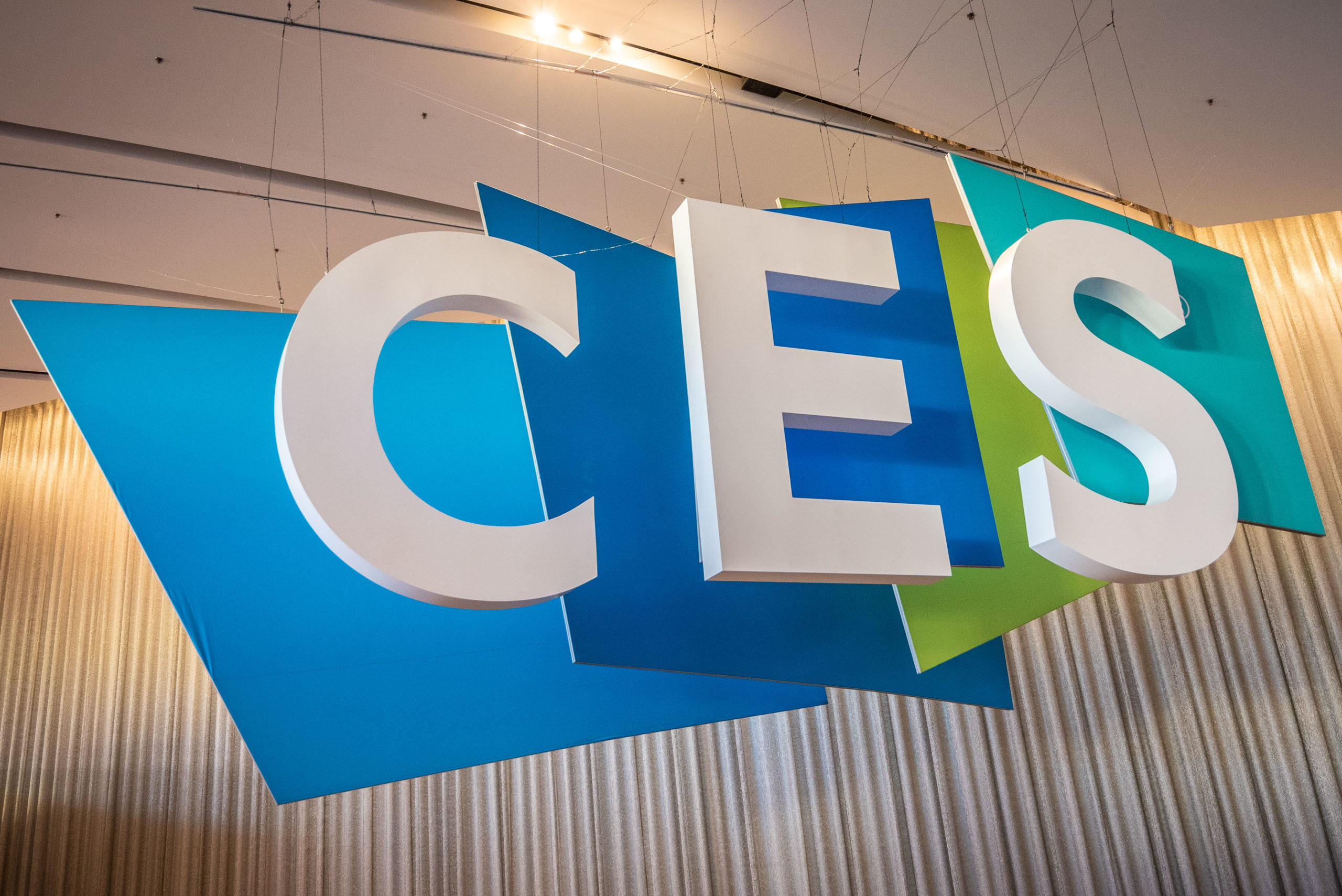


Leave a Reply